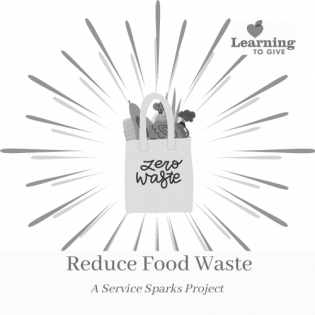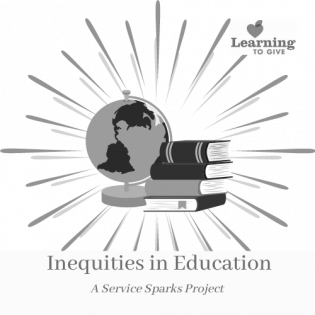Learners discuss the word homeless and how it is used in a sentence (as adjective and noun). After reading an article about homelessness by Anna Quindlen, they discuss a respectful way to use the language that describes a group of people who are vulnerable...
Filter by subjects:
Filter by grades:
Filter by audience:
Filter by issue area:
Filter by content type:
Filter by resource type:
resource search
Youth explore the effects on themselves, the community, and the world if the government failed to provide U.S. children with an education.
Young people learn about global efforts for universal mandatory education and equity for girls in school.
Ignite meaningful action that lights up the world through "Service Sparks" youth projects! Learn about the ways food is wasted in homes, restaurants, farms, stores, and other places. Examine the habits in the community or in your house and propose ways to reduce food waste. Make the next right choice to improve the availability of food to people who are hungry.
Ignite meaningful action that lights up the world through "Service Sparks" youth projects! Research different ways inequity showed up during the pandemic. Use writing to communicate an idea to make one inequity a little more fair.
By comparing lightbulbs, young people learn about technology, energy conservation, and personal responsibility. Their personal choices can impact family energy costs and reduce the amount of energy consumed for the common good.
Explore how electricity is used and measured. Through data collection tables, young people analyze how much energy their families consume and reflect on ways to conserve energy.
In this lesson, young people research various types of renewable energy and write a persuasive statement about which energy source their city or county should invest in.
The youth compare and contrast the uses and aesthetics of dirt and pavement groundcover. They define permeable and impermeable ground surfaces and discuss the merits of each in relationship to the environment.
The learners define philanthropy and relate it to environmental stewardship. They compare mission statements from environmental organizations and write their own personal mission statement. They self-select a group to work with to plan and implement an environmental service...

